Explore the Best AI Image Gallery
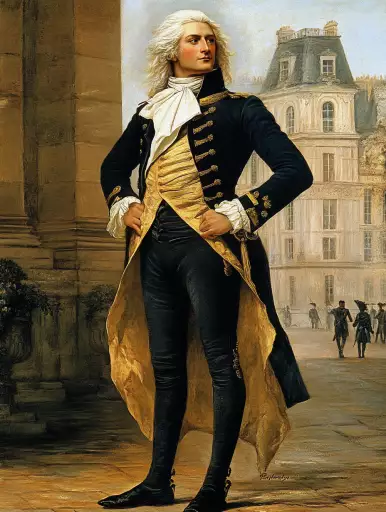
Pixels on the Move: Exploring the Impact of AI-Generated Images in Art
The artistic landscape is undergoing a seismic shift, driven by the emergence of artificial intelligence (AI) and its ability to generate stunningly realistic images. This technology, once confined to the realms of science fiction, is now creating waves in the creative industry, blurring the lines between human and machine artistry.
A New Creative Frontier
AI-powered image generators, fueled by complex algorithms and vast datasets of existing artwork, are capable of producing captivating visuals across diverse styles. From photorealistic portraits to abstract masterpieces, these systems empower artists with unprecedented tools for exploration and expression.
Imagine a world where an artist can input a concept or theme into an AI and receive a unique, original image as output. This collaboration between human imagination and machine intelligence opens up exciting possibilities for collaborative creation and pushing the boundaries of artistic innovation.
Potential Applications Across Industries
The impact of AI-generated images extends far beyond the realm of fine art. Its applications are diverse and rapidly evolving, spanning industries such as:
- Advertising and Marketing: Generating eye-catching visuals for campaigns, product mockups, and social media content.
- Gaming and Entertainment: Creating immersive game environments, realistic character designs, and dynamic in-game assets.
- Education and Training: Providing interactive visual aids for learning, simulating real-world scenarios, and enhancing educational experiences.
- Architecture and Design: Conceptualizing building layouts, visualizing interior designs, and generating 3D models.
Navigating the Ethical Landscape
As with any powerful technology, AI-generated images raise important ethical considerations that require careful attention:
- Copyright and Ownership: Questions arise regarding the ownership of AI-generated artwork, especially when algorithms are trained on existing copyrighted material.
- Bias and Representation: AI systems can perpetuate societal biases present in their training data, leading to potential issues with representation and fairness.
- Job displacement: The automation capabilities of AI may impact jobs traditionally held by artists and designers.
Shaping the Future of Art
AI-generated images are undoubtedly transforming the creative industry, offering both exciting opportunities and complex challenges. As this technology continues to evolve, it is crucial to foster open discussions, establish ethical guidelines, and ensure that AI serves as a tool to augment human creativity rather than replace it.
The future of art likely lies in a collaborative space where artists and AI work together, leveraging the strengths of both to create innovative and thought-provoking works. This convergence of human imagination and machine intelligence promises a vibrant and dynamic future for the creative landscape.
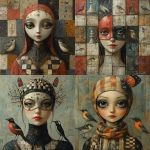
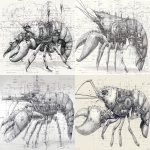

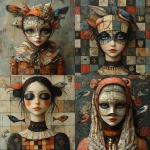
](https://images.ai-img.art/thumbnails/150/6b5ff04e6006f3b97dd36eaec548e34255713276a4bf8dc9fd72dc11b7313f39.webp)
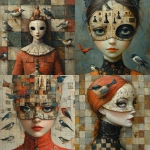
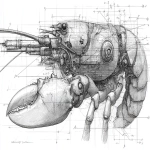
](https://images.ai-img.art/thumbnails/150/de2c068895a12730e04e9ae6ff88098cad56c69fe790f7696fde12227d56450b.webp)
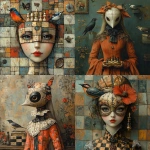


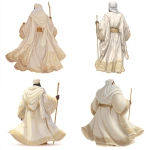
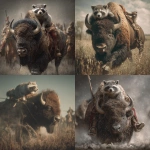
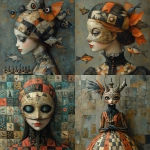
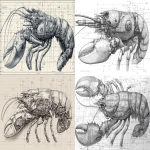
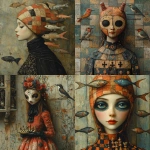
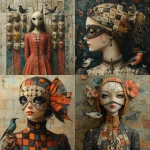
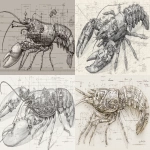

](https://images.ai-img.art/thumbnails/150/bce9cceb80b7d5238edfa28ed5e3a2be25fb5d8ca48c96f4d1a07205c5b15b4a.webp)
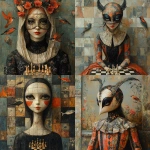
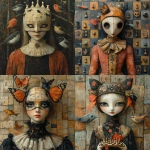
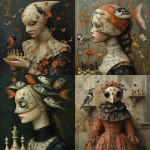
](https://images.ai-img.art/thumbnails/150/3214e988d4008f30c5a037acca1b4351055bd6ec65df0884fcdccd09d46c748c.webp)
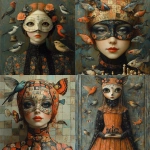

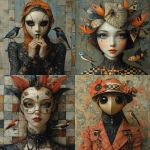
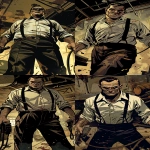
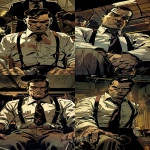
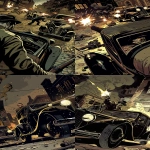
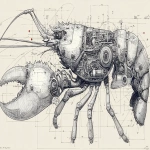
](https://images.ai-img.art/thumbnails/150/eef24b73be7aff90887fa84e17197f8779e355efee60a78764ddc04a3c05ead1.webp)
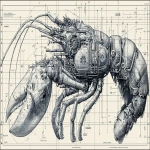
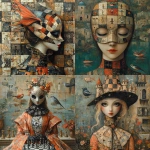
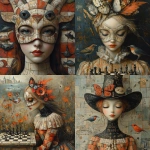
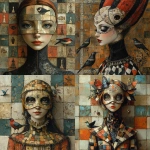
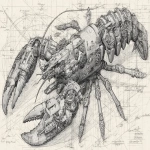
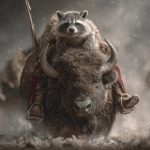
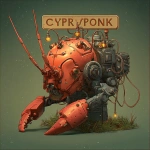
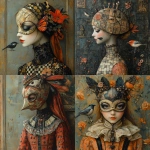
](https://images.ai-img.art/thumbnails/150/2d4ea5195083ca7b2d3b582e81252dd22f60af65e47d2869b902779447aef5b6.webp)
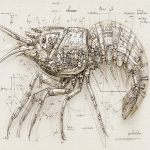

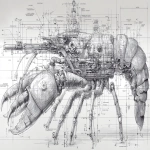
](https://images.ai-img.art/thumbnails/150/e30ebd22be803c7de05fcb5dd6652965dec130df7d6574e7ca3a8591dbce8f2a.webp)
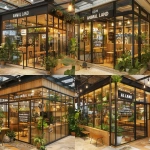
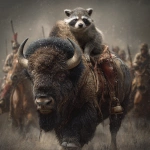
](https://images.ai-img.art/thumbnails/150/005584f3955a233f0b74db7d02caa6d62f861640781eac80962d9b1631f410d0.webp)

